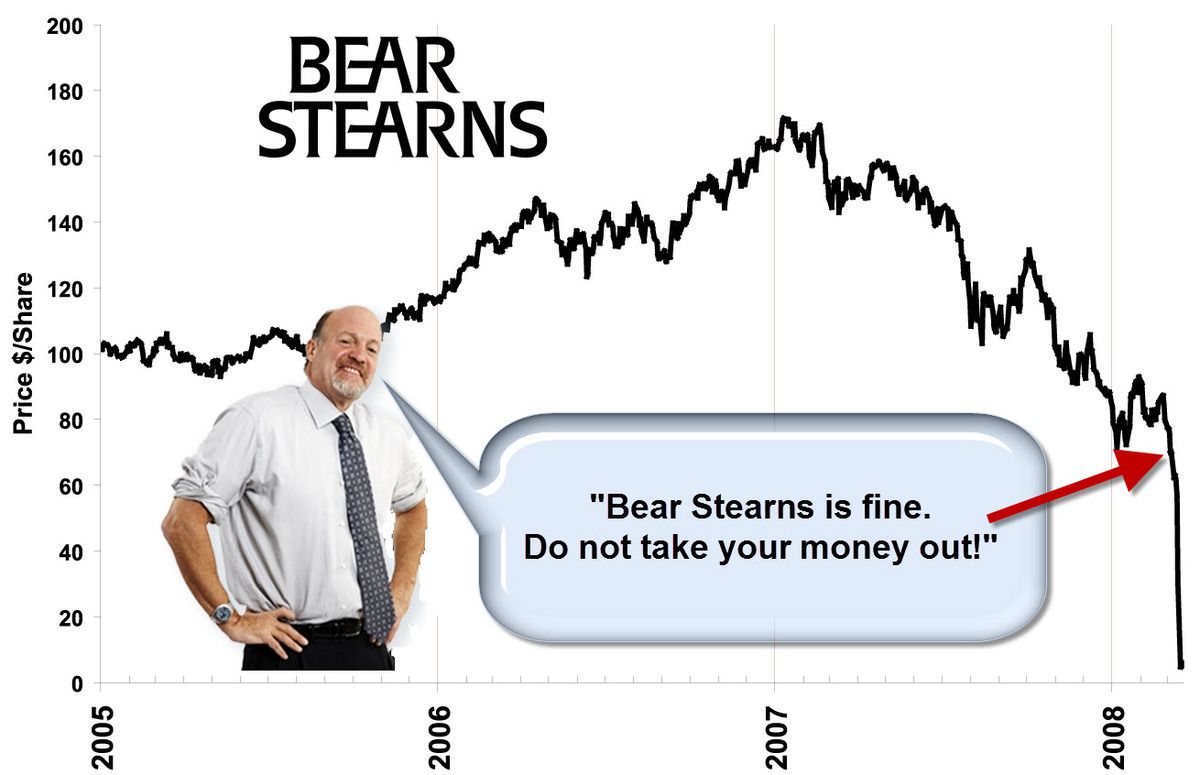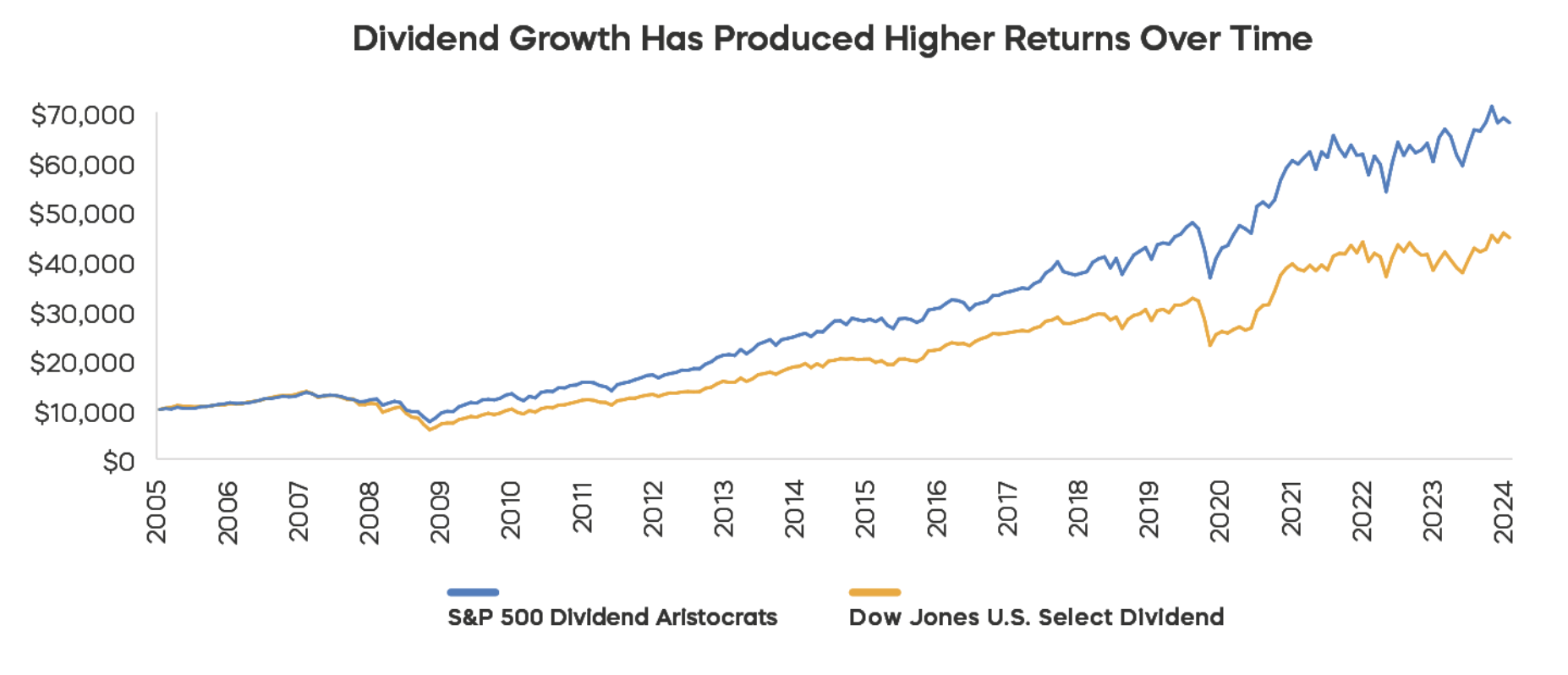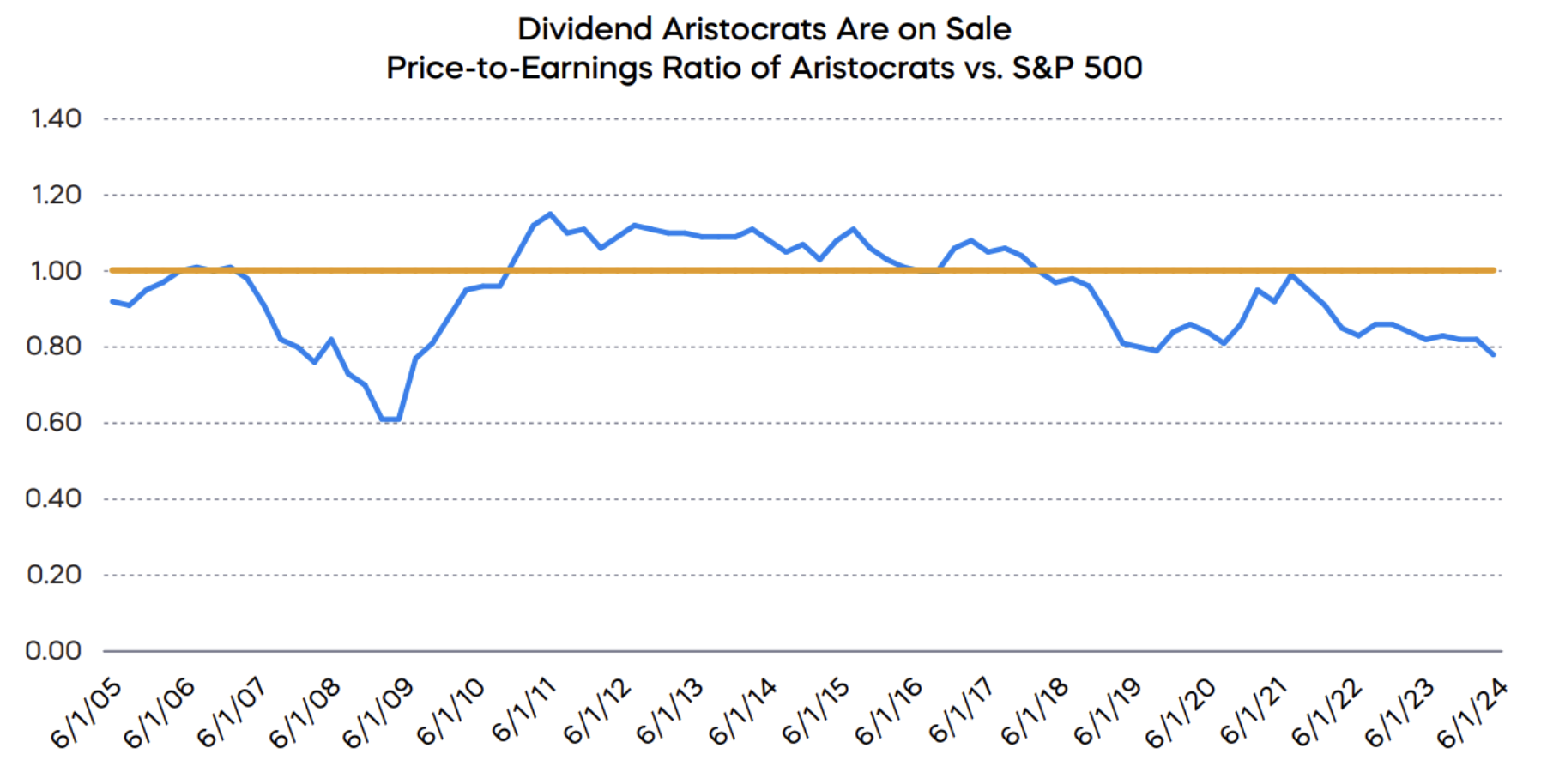5 investing indicators that could give you some ideas (or some laughs)
There are a slew of unusual economic indicators out there that can provide some interesting commentary on the state of our collective finances.
For instance, the Big Mac Index, introduced by The Economist, looks at whether the market exchange rates for different currencies are overvalued or undervalued by checking the cost of the Big Mac sold in those specific countries.
Or, speaking of The Economist, the magazine cover indicator provides some insight into who is profiled - and eventually, who ends up in trouble. And finally, for those who are well-versed in the financial corners of the internet, there is this infamous line from star CNBC presenter Jim Cramer.

But here are some other investing indicators that you may not have heard of. They range from the seriously interesting to the seriously odd. I hope you enjoy them.
Dividend Aristocrats Index
In the US, a dividend aristocrat is defined as a company that has been able to consistently grow its dividend for 25 consecutive years. Those who back this style of investing argue that consistent dividend hikes reflect stable earnings and a commitment to returning money to shareholders. We don't have a Dividend Aristocrats index yet in Australia (though Kerry Sun and I did attempt to create one here), primarily because we don't have enough companies to make up such an index. But in the US, the S&P 500 Dividend Aristocrats index has 66 constituents as of its most recent update.
And, as it turns out, the Dividend Aristocrat believers do have a point. Dividend growth genuinely does lead to higher returns over time.

Even better than that, the same Proshares analysis found that, as of the end of June, the aggregate P/E ratio of the Dividend Aristocrats index suggests they are on sale.
And given the volatility spike and ensuing stock market fall we had in August, some of those bargains may still be lying around.

The stock market concentration theory
Stock market bears like to point to the idea that the S&P 500 is too concentrated - and that the Magnificent Seven occupy way too much space at the top of the pile. But, as this chart from FactSet and Counterpoint Global (reproduced by Morgan Stanley Investment Management) shows, the total shareholder return of the S&P 500 actually increases during periods of rising concentration and declines during periods of falling concentration.

And, as this second chart from that same report shows, the Top 10 figure has been rising consistently since the early 2010s. Since 2013, when the Top 10 figure was last at a low before it started soaring, the S&P 500 has risen 280% (though that likely has a lot more to do with stronger earnings and a boon in economic times than it does stock market concentration.)

Happy employees = happy share price
Here's a good, unusual one from Brian Feroldi. This index tracks the share prices of public companies that are also on the Glassdoor Best Places to Work list. Although this chart only goes back to 2019, this hypothetical index also outpaced the S&P 500.

With that said, here are the Top 5 Best Places to Work (US) as published by Glassdoor for 2024. For publicly listed companies, I've put their share price performances since 2014.
- Bain and Company
- NVIDIA (NASDAQ: NVDA): +33,071%
- ServiceNow (NYSE: NOW): +1,400%
- MathWorks
- Procore Technologies (NYSE: PCOR): -26.9% (though only listed in May 2021)
Lifting more than just your share price
This idea is also sourced from Twitter. User 'levelsio' created a "Deadlift ETF", which as the name suggests, profiles the share prices of companies whose CEOs are also gym-goers. The user even clarified they cannot just do cardio, the CEOs must also be lifting weights or doing fight sports (think MMA, Muay Thai etc).
It turns out that this portfolio also outperforms the S&P 500. Since 2020, this hypothetical product has performed 2.4x better than the index.

Finally...
Whilst we would never reveal who has agreed to talk to us ahead of time, it is interesting to see how different companies' reactions to interview invitations may reflect the news coming down the pipeline.
3 stocks mentioned
1 contributor mentioned

